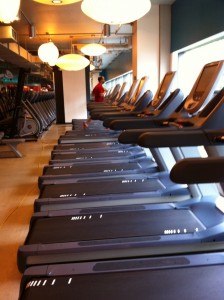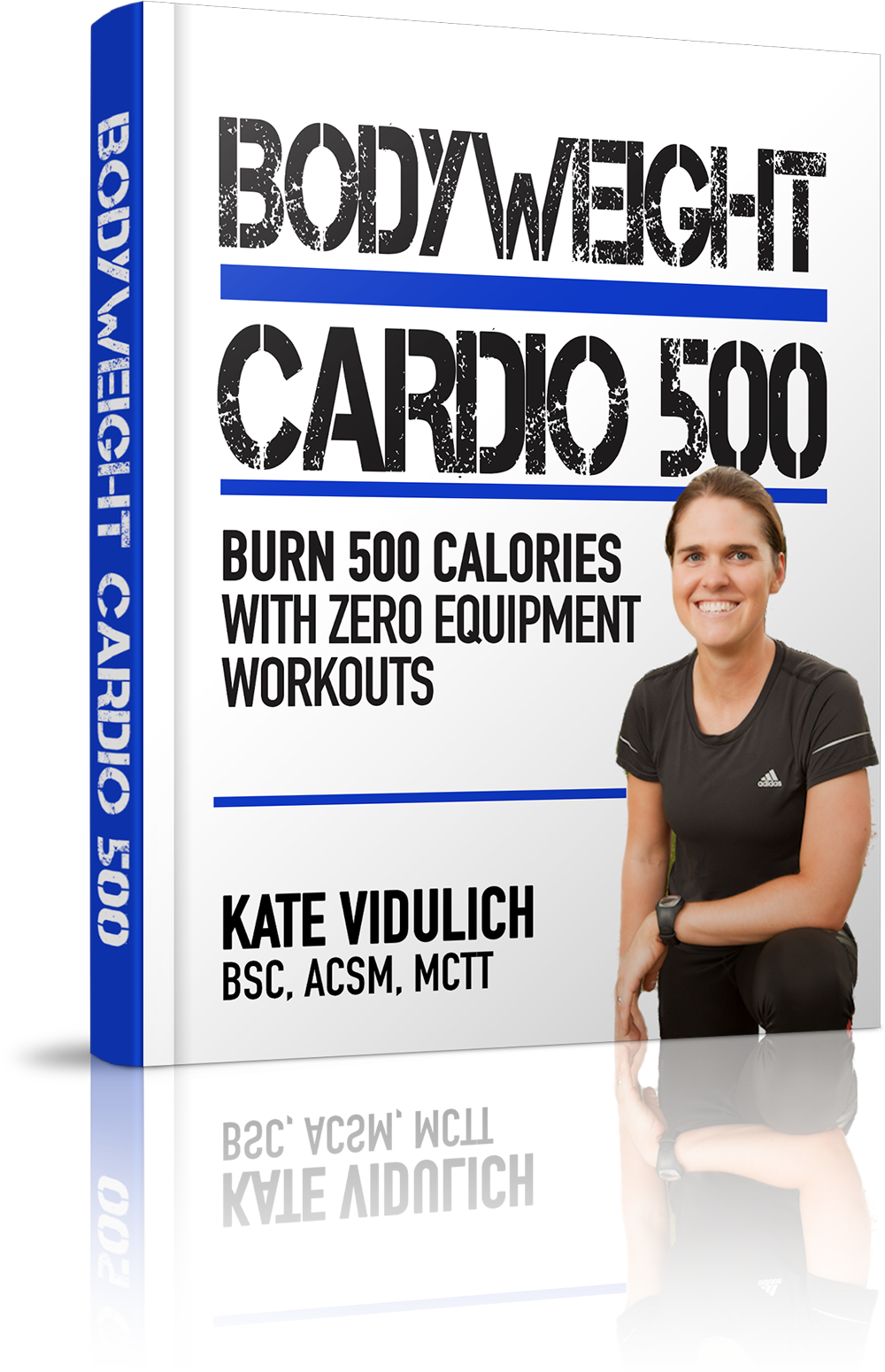When I was a little Aussie, growing up in a deserted land far, far away where hurricanes don’t exist, there was a very popular training style for fat loss. For as long I could remember, this was considered the best training method to lose stubborn fat.
Exercising in the “fat burning zone”.
You may have heard of it. Or even tried it yourself. It involved countless hours exercising at the same steady pace. This is extremely embarrassing to admit, but I actually experimented with this style of training in my own fat loss adventures.
It didn’t work out so well and I have the pictures to prove it!
During my early college days, most fat loss training programs I studied and read about in the fitness magazines included this ideal training zone for fat loss. Even the treadmill, bike and other cardio equipment had the heart rate zones highlighted on the panel. It’s probably still there, I haven’t been on a treadmill in ages. See, you could never forget the optimal fat burning zone.
Today, when I do a fat loss workout, my goal is to burn carbs. A ton of them. Making sure I utilize every second of my workout and burn as many as possible. This workout here is for maximal carb destruction.
Huh?
Now that may come as a surprise to you.
Why don’t you want to burn fat as a primary fuel source, when fast fat loss is your goal?
What is the Fat Burning Zone?

This first part is not a myth. The fat burning zone exists, and is considered to be aerobic exercise at 60-65% of your maximum heart rate. The idea behind the fat burning zone has solid scientific backing and is a proven fat loss method.
However, there is misconception when it comes to fat loss training.
Any activity we undertake is fuelled by a ratio combination of fats, carbohydrates and protein. In normal circumstances, less than 2% of protein is used for energy so we’ll leave it out of this equation.
The real battle is between fats and carbohydrates. You rely on both of these fuels for energy during exercise, however the ratio will be different depending on your intensity and conditioning level.
Myth: Exercise done at low intensity, like walking, is better for fat burning than high intensity exercise.
FACT: Fat loss is all about calorie expenditure and what really matter is the total number of calories burned.
The fat burning zone as a concept for fat loss training suggests that you will burn greater amounts of fat doing lower intensity exercise compared to higher intensity training. Yes, this is true. You will burn a greater percentage of calories from fat at low intensity compared to high intensity.
However, doing higher intensity workouts, you will burn a greater number of total calories – and therefore more fat calories. Overall, you will burn more fat at higher intensity even though the fat percentage is lower.
Here’s a hypothetical example. This is my inner science geekiness coming out.
Mary exercises at 65% of her maximum heart rate for 45 minutes and burns 225 calories. (Note: that is equal to about 1 cup of regular frozen yogurt. By the way, this month I am kicking that bad habit. Freezing cold weather really helps.) In this workout, 50% of the calories are fat (112.5 calories).
Now if Mary pumps it up and increases her intensity to 85% of her maximum heart rate, she will burn a total of 315 calories in the same timeframe. Only 40.5% of these calories come from fat, but that totals 128 calories. So at this higher intensity, Mary still burns 15.5 more calories of fat. Sure, it may not sound like a huge amount of additional fat burned but real benefits are in the metabolic changes.
Plus, the high intensity exercise has additional benefits. The excess post-exercise oxygen consumption (EPOC) and metabolic responses from the main fat burning hormones (growth hormone, insulin and glucagon) will accelerate fat loss results.
Effective Fat Burning
Low intensity aerobic training turns your body into an efficient fat burning machine – however this is not effective or the desired response. Aerobic training demands your muscles to work, but not as much as other exercise, and it doesn’t strengthen your muscles. The only tissue that burns fat is muscle, and aerobic training is ineffective at building and maintaining lean muscle tissue.
Your body is smart. Thanks homeostasis. It adapts to this low intensity stimulus quickly and even though the elliptical says you burned 300 calories, there are more effective ways to burn a cool 300 calories. Switch to strength workouts or high intensity training.
The unspoken rule with the fat burning zone is that you need to spend at least 30-60 minutes at the gym for a beneficial workout. And that’s before you even get to the weights – this is purely cardio time. No wonder the most common reason for skipping workouts is lack of time.
Why Train To Burn Carbs?
Fat loss training today is all about intensity and maximizing calorie expenditure. Carbs are the primary fuel source of energy when performing challenging, higher intensity exercise as the metabolic pathways for breaking down carbs for energy are more efficient than for breaking down fat.
Unlike low intensity training, your body is constantly being challenged with different exercise and intensities – and you need carbs for energy!
This is how you become fitter, stronger and improve your body’s ability to efficiently use both fats and carbohydrates for energy. As your conditioning improves, you can use greater percentages of fat as a fuel at higher intensities, and accelerate fat loss results.
I hate to break it to you, but the fat burning zone is stealing your precious time. Listen, eventually you may reach your fat loss goal with low intensity cardio while reading magazines on the elliptical. If you have a spare 300 hours and you can handle the boredom, go for it. But please, just experiment with HIIT.
Want more HIIT Workouts? You can get my NEW 4 minute bodyweight HIIT workouts 100% FREE at this link below.
==> Grab your FREE 4 minute workouts here
Have an awesome day!
Your Coach and Friend,
KV














